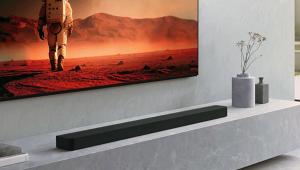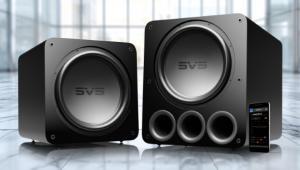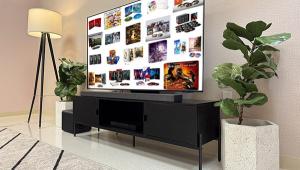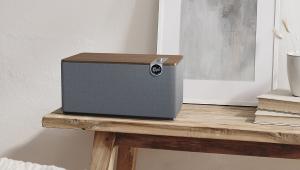Oppo Aces Longterm Reliability Test

At Sound & Vision we work hard to deliver authoritative reviews. It takes me the better part of two weeks to review an AV receiver or full set of speakers. Then our audio technical editor measures the product and our ace editorial team goes over my copy with a fine-toothed comb. But there's one thing we virtually never do for our readers: We don't comment on the longterm reliability of products. It's not that we don't want to. It's just that the review process is a matter of weeks, not years. When I'm done with a review sample, I ship it out without knowing how well it would fare in a longterm relationship.
Actually, as a reviewer, I am more inclined than most to use reference components for long periods of time. My Paradigm Reference Studio 20 v4 speakers have been with me for nearly a decade—so I know how exactly how every receiver I've reviewed during that time sounds with the same speakers. I also have fond memories of a Rotel surround receiver that served for eight years. But today's topic is the Oppo BDP-83 Special Edition universal disc player, which I have mentioned on the associated-equipment list in countless reviews.
When the BDP-83 made its debut in 2009, Oppo already had a reputation for better-than-average DVD players. The BDP-83 was its first Blu-ray player and among the first Blu-ray players to sweeten the deal with Super Audio CD and full-resolution DVD-Audio. As a Special Edition player, it also boasted a high-quality analog output with premium DAC, making it suitable for high-end two-channel systems as well as surround systems. I bought one soon afterward and it's been serving in my system ever since, now tying with the old Rotel as the system's second longest serving audio component.
That is no small achievement for a product with moving parts, especially one so heavily used. The BDP-83 anchors not just my public work as a reviewer but my private life as a listener. Sometimes that thing is going all day and half the night. And though its longevity has pleased me, it has not surprised me. In a product category characterized by disposable lightweight products, the Oppo offers substantial build quality that inspires trust. Moreover, it offers that elusive quality that we rarely test for—longterm reliability.
That does not mean it has never failed. A few years into its tour of duty, the disc drawer became increasingly sticky. I got in touch with the manufacturer and was told it was a known manufacturing defect. I shipped the product to Oppo at my expense and the company shipped it back, with a new disc drive, at its expense. I even got an extra Oppo tote bag. The player has run flawlessly ever since. If you can't have a perfect product (though Oppos come closer than most) a manufacturer that stands behind its product is the next best thing. I would not hesitate to buy another Oppo.
And that is a temptation, despite the BDP-83's longevity. Unlike many current Blu-ray players, it does not have any streaming features. I added Netflix to my system by adding a second Blu-ray player, the Panasonic DMP-BD87. It dates from 2012, regularly moves onto and off the rack, and is used rarely for Blu-ray but heavily for streaming and binging. I should probably expand my streaming options with a Roku player. But when Netflix can't tempt me, I tend to play music, read a book, or obsess over social media.
There may be another reason to replace the BDP-83 before it fails. If I bought an Ultra HDTV, a UHD-compatible Blu-ray player would become a necessity. Oppo currently offers two, the UDP-203 ($549) and UDP-205 ($1,299). They still handle SACD and DVD-Audio (which I consider living formats, adding several new high-resolution discs to my library every year).
But they do not stream video. That's something Oppo started doing and then stopped. A 2014 model, the BDP-103, offered Netflix, Vudu, and YouTube video streaming and Pandora audio streaming. If you're tempted, that model is still on our Top Picks list, used specimens are available on the internet, and it offers UHD of a sort (upconversion, not native). But you're probably better off getting a new model and pursuing a separate streaming solution—there are lots of them.
One thing that keeps me from upgrading both my display and disc player right at this moment is HDR. My current 1080p HDTV is due for Ultra HD replacement. However, new HDR formats are proliferating and I'd like to see them shake out before I commit to new gear. (Oppo's current models handle HDR10 and Dolby Vision.)
But it is not just caution that makes me reluctant to take the leap. If you're waiting for technology to stop moving forward, you'll wait forever. No, it's not just caution—but contentment. Having once subsisted on horrible analog video and survived an era when the "video revolution" meant choosing between Beta and VHS, I never turn on my aging HDTV without marveling at how much better it is than what I grew up with. And I still love spinning discs on my Oppo. Our longterm relationship has worked out very well indeed.
Audio Editor Mark Fleischmann is the author of Practical Home Theater: A Guide to Video and Audio Systems, available in both print and Kindle editions.













































